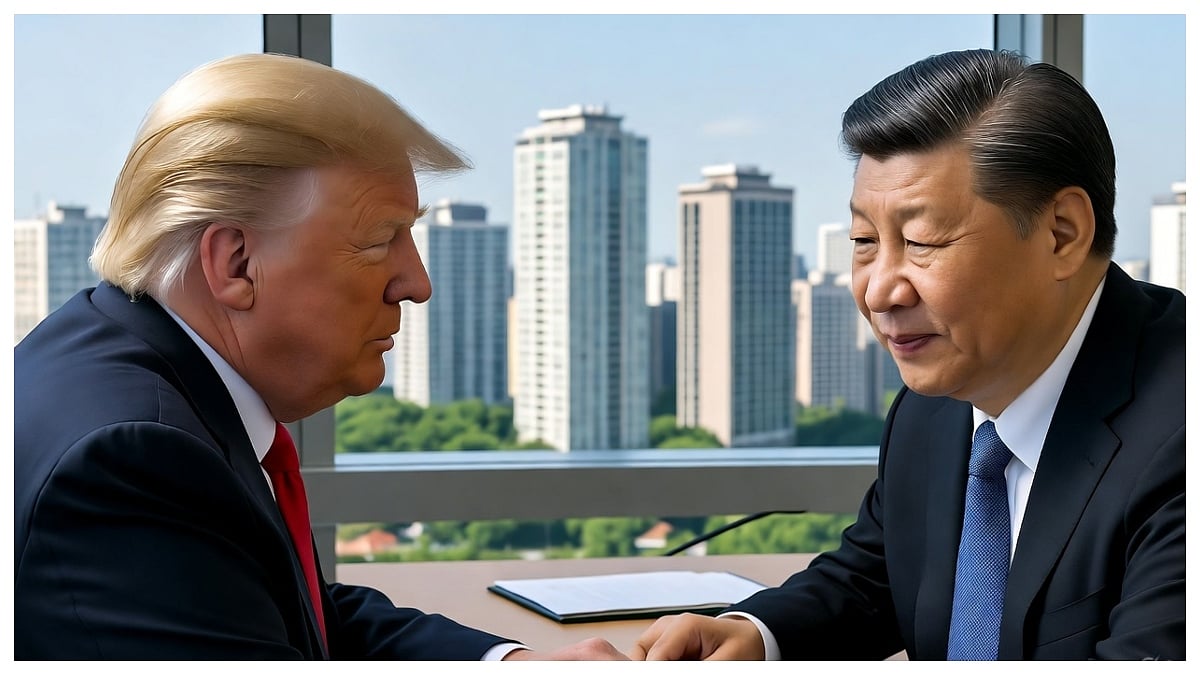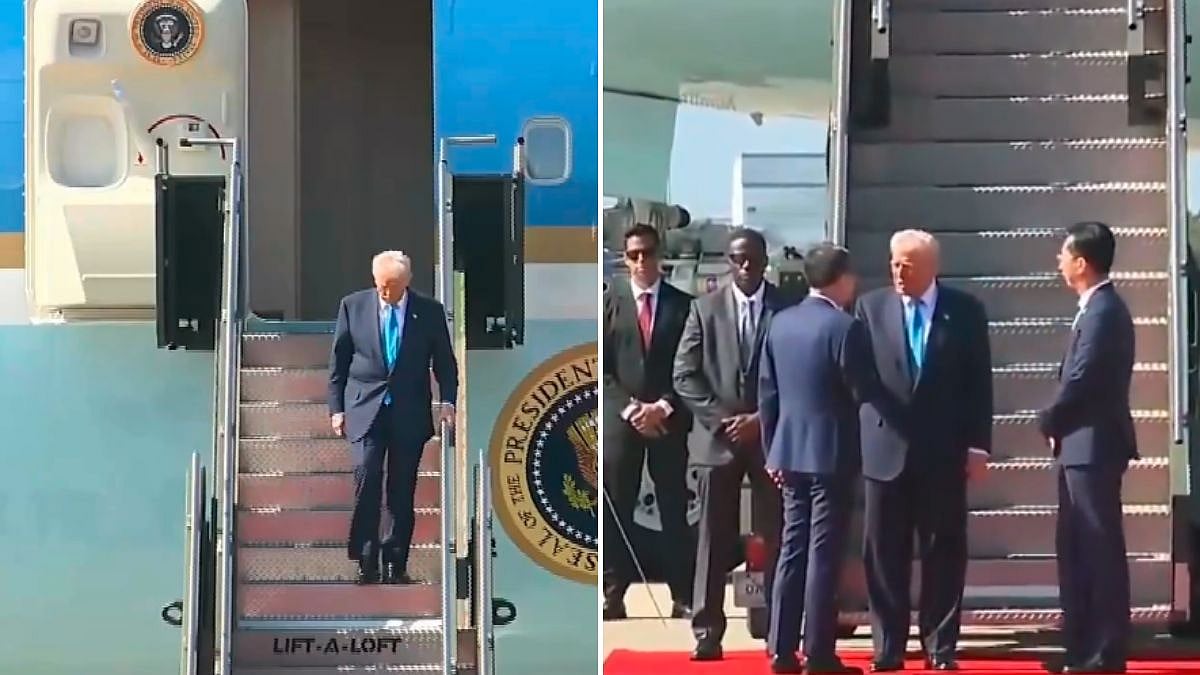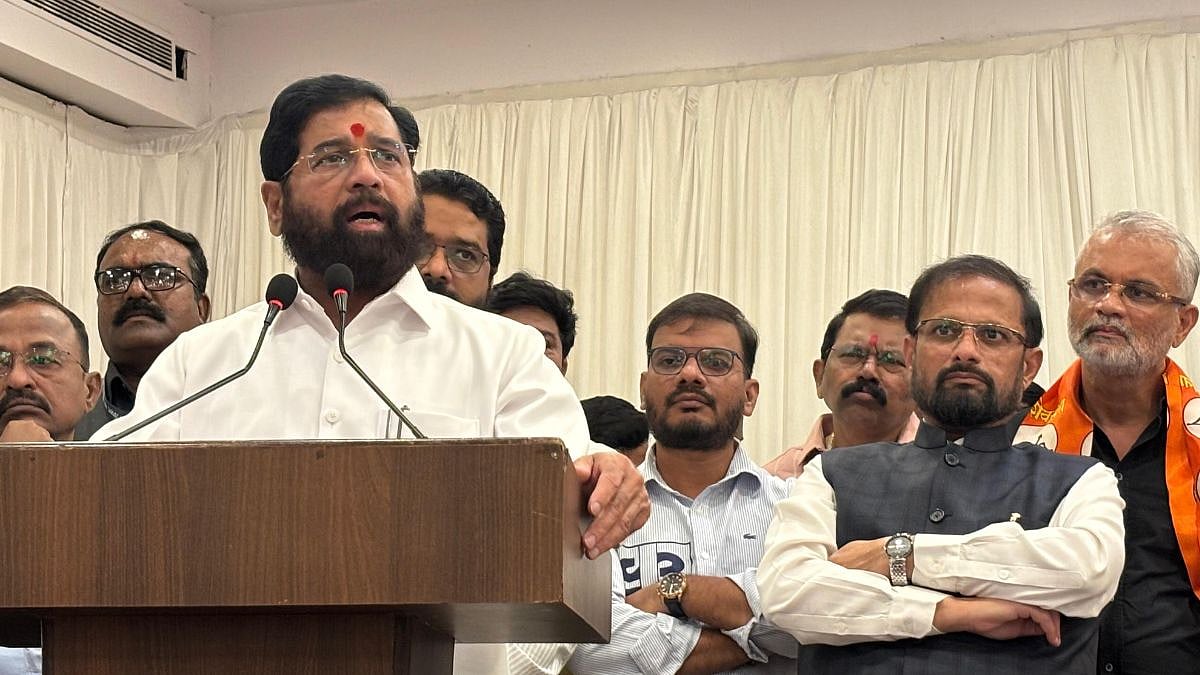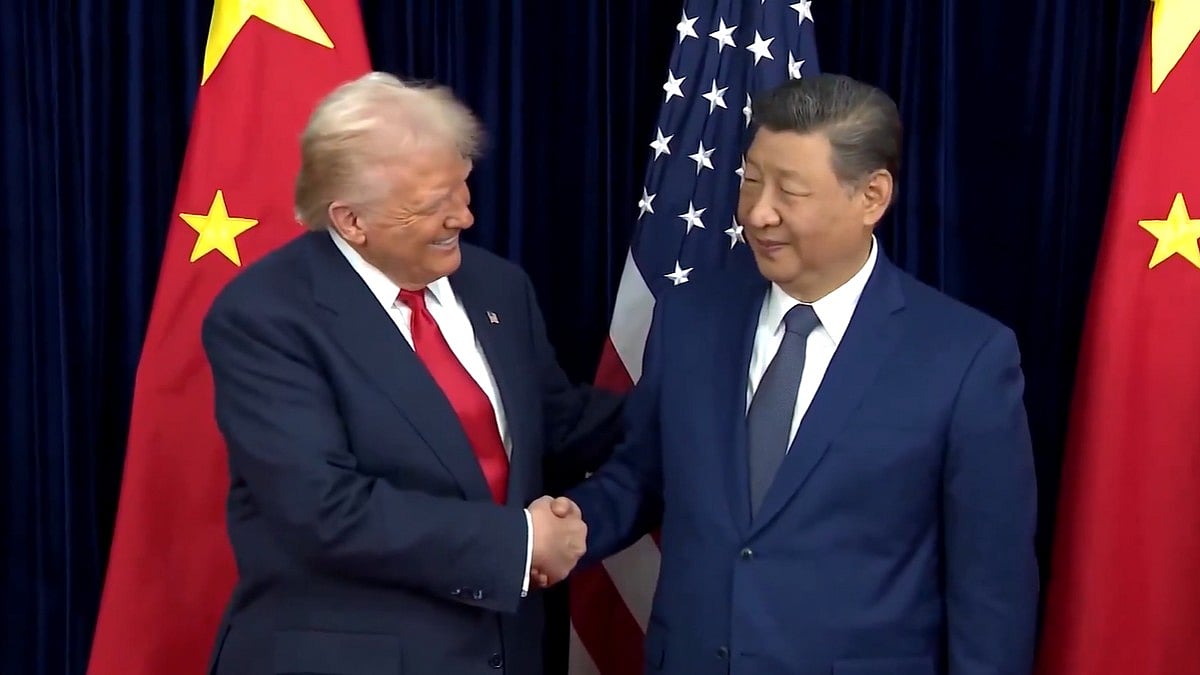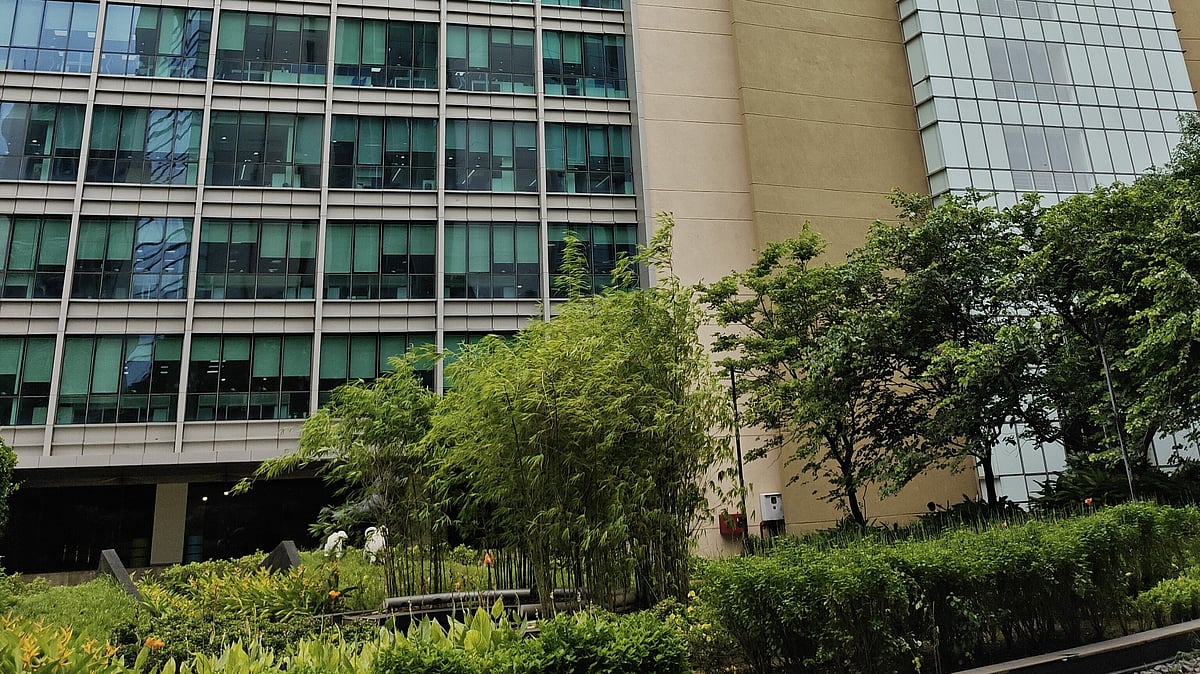Busan: The world’s two largest economies — the United States and China — are set to face each other on Thursday in Busan, South Korea, for a high-stakes meeting between U.S. President Donald Trump and Chinese President Xi Jinping. This is not just another bilateral discussion but is being seen as a potential turning point for the global economy.
After months of rising trade tensions and diplomatic friction, both nations have entered the summit with a focus on five key decisions that could significantly influence Asian and global markets, technology policies, and international trade stability in the coming decade.
Tariff Relief Could Signal a Breakthrough
Sources suggest that the U.S. may consider reducing tariffs on some Chinese goods, including fentanyl-linked products and select electronic items. For China, this would be a major diplomatic win.
President Trump said, 'We want stable and fair trade, not uncertainty.' However, Beijing continues to demand that all import tariffs raised by up to 100 percent be rolled back entirely.
Easing of Technology Restrictions
The meeting’s most sensitive topic could be the technology war. Washington may review export restrictions on Nvidia’s AI chips, offering limited relief to China’s tech sector. But Trump has maintained that national security will not be compromised, keeping uncertainty alive.
Framework for Trade Stability
Both sides have reportedly agreed on a 'ceasefire model' to prevent further tariff escalations and safeguard global supply chain continuity.
Coordination on Global Supply Chains
A joint working group will be established to enhance cooperation on rare earth metals, semiconductors, and critical minerals — key to modern manufacturing and clean energy technologies.
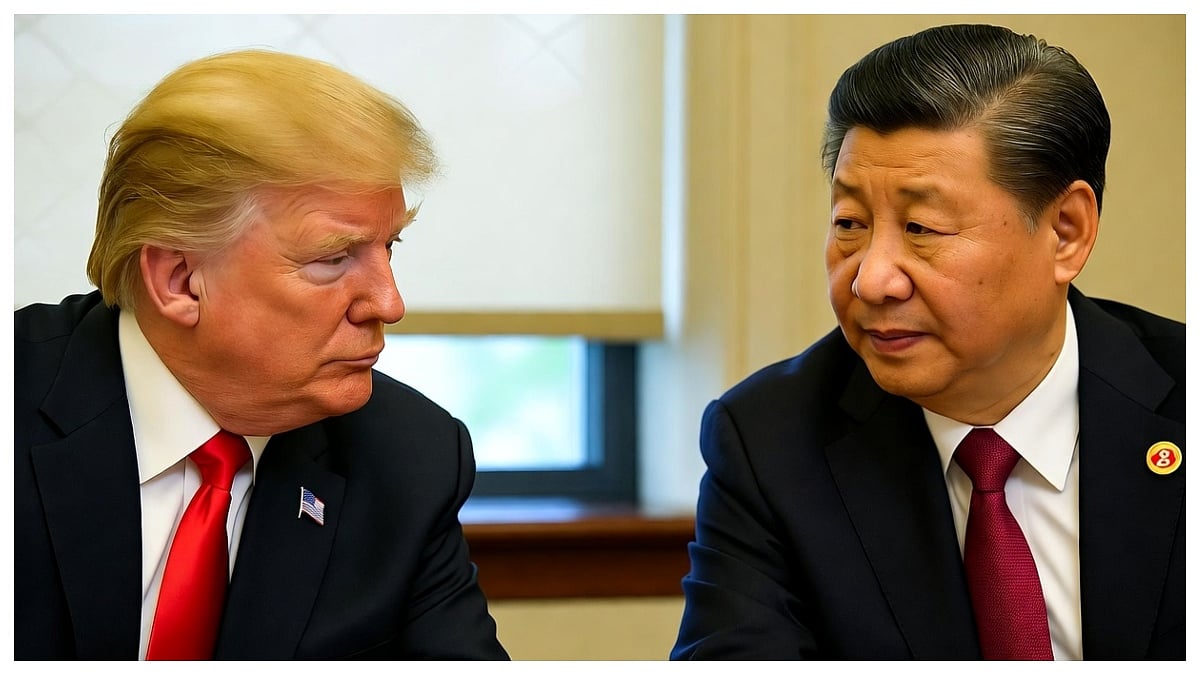
Consensus on ‘Mutual Respect’
China has long advocated for diplomacy based on 'win-win cooperation and mutual respect.' Both nations are expected to endorse this principle, emphasising restraint over sensitive issues like Taiwan and the South China Sea.
A Step Toward Stability, But No Breakthrough Yet
While a sweeping resolution remains unlikely, the Busan meeting signals a cautious move toward economic de-escalation. If tariff relief, tech flexibility, and supply chain cooperation progress, markets may respond positively. Global investors now await December’s Trump-Fed policy decisions and China’s growth indicators, as Busan appears to have marked the beginning of a new global trade chapter.
